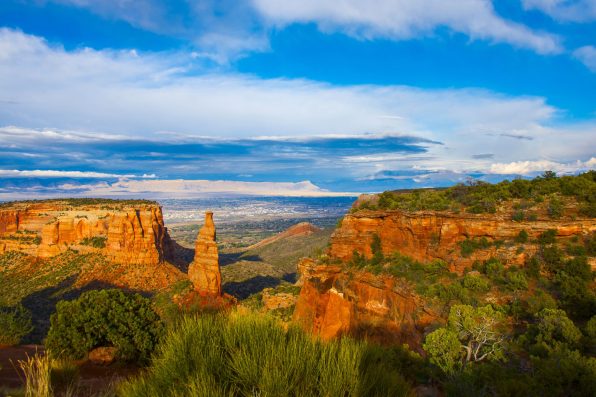While digging along the border of Colorado and Utah, a team of Polish archaeologists from the Jagiellonian University made a groundbreaking discovery of ancient indigenous rock art created by members of the Pueblo culture.
The excavations were carried out at the Castle Rock Pueblo settlement complex, located on the scenic Mesa Verde plateau, a region that is popular with both tourists and archaeologists for its rich history.
Many pre-Columbian settlements and artwork dating back 3,000 years ago have been found there. The Pueblo communities were known for their advanced architectural feats and artistic creations, including multi-story stone houses, intricate jewelry, and rock carvings.
The most recent discoveries consisted of vast galleries and petroglyphs from various historical periods that significantly altered previous understandings of the settlement area.
The oldest petroglyphs depicting warriors and shamans were estimated to date back to the third century A.D., a period known as the Basketmaker Era, which was characterized by farming and the creation of woven baskets and mats.
The finds were surprising because most petroglyphs were thought to have come from the twelfth and thirteenth centuries.
Carvings from that time featured complex geometric shapes and spirals, along with several animals like bison, deer, and bighorn sheep. In the fifteenth to seventeenth centuries, large hunting scenes started showing up on rock walls.
The newly discovered images include the modern 1936 signature of a famous cowboy named Ira Cuthair, highlighting how rock art in that region has evolved. They were found high up in the harder-to-reach places of the canyon walls.
These petroglyphs were used for astronomical observations and calendar determinations during the thirteenth century, uncovering new information on the population size and religious practices of the Pueblo people.

Sign up for Chip Chick’s newsletter and get stories like this delivered to your inbox.


